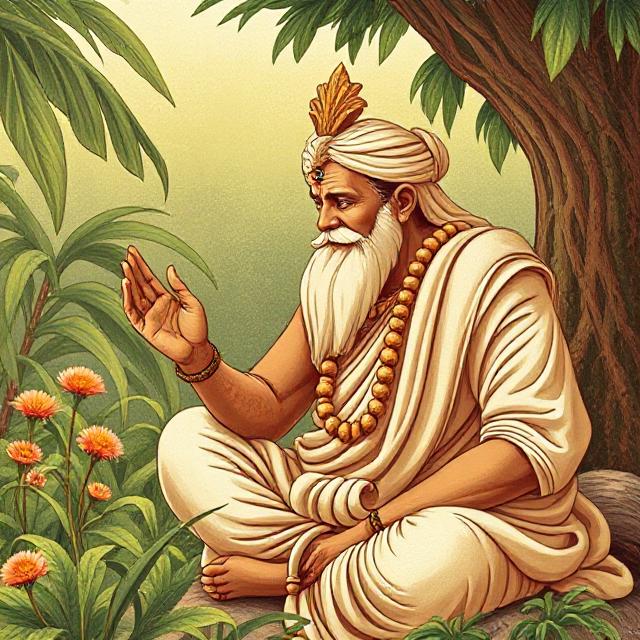Decoding Patanjali

॥ अà¤à¥à¤¯à¤¾à¤¸à¤µà¥ˆà¤°à¤¾à¤—à¥à¤¯à¤¾à¤à¥à¤¯à¤¾à¤‚ तनà¥à¤¨à¤¿à¤°à¥‹à¤§à¤ƒ ॥
"The control of those mind-fluctuations is achieved through practice and dispassion"
AbhyÄsa & VairÄgya: Yogic Tools for Modern Life
Yoga is defined as the restraint of fluctuations in complexities of the mind (yogaḥ citta-vá¹›tti-nirodhaḥ, SÅ«tra 1.2). To achieve this, Patañjali prescribes two essential tools: AbhyÄsa and VairÄgya (abhyÄsa-vairÄgyÄbhyÄá¹ tan-nirodhaḥ, SÅ«tra 1.12). These twin pillars of the yogic path remain remarkably practical and relevant, even in today’s fast-paced world.
These two are never truly separate. AbhyÄsa without VairÄgya can lead to restlessness, and VairÄgya without AbhyÄsa can become passive detachment. But together, they establish a mental equilibrium akin to homeostasis — a state of dynamic balance. They complement each other like inhalation and exhalation, day and night. If AbhyÄsa is the positive aspect where active participation is crucial, VairÄgya is the negative aspect where letting go is central.
Sage Patañjali defines AbhyÄsa as persistent effort to remain steady, and VairÄgya as dispassion or freedom from cravings. Together, they offer a powerful combination to attain a balanced state of mind — one that remains undisturbed by stress, loss, illness, or other external upheavals.
AbhyÄsa cultivates unwavering focus, while VairÄgya dissolves attachments that block our inner ascent. If these disciplines can lead a yogÄ« to kaivalya — the pinnacle of liberation and bliss — their transformative power for an ordinary person is equally profound.
The practice of VairÄgya can begin with small renunciations — things one can easily do without. Gradually, with sustained AbhyÄsa, one learns to let go of deeper attachments. A student, for example, can give up distractions and train the mind to remain inwardly focused.
Such is their importance that in the MahÄbhÄrata, Kṛṣṇa advises Arjuna to conquer his doubts and inner turmoil through AbhyÄsa and VairÄgya. These timeless principles are not mere techniques — they are profound inner disciplines that build a resilient, serene mind. In embracing them, we gain more than peace — we gain the power to stand unmoved in the face of life’s greatest challenges.
Column by Rahul A. Khamamkar




